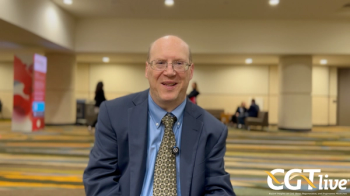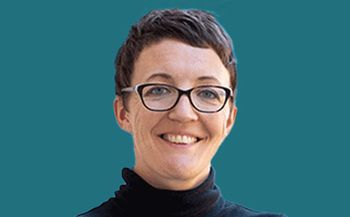
Thomas Crawford, MD, on Bridging the Gap Between Screening and Treatment for Infants With SMA
The codirector of the MDA Clinic and professor of neurology at Johns Hopkins discussed the importance of connecting infants with spinal muscular atrophy to a therapy as soon as possible.
“There's a lot of motor neuron death, and a lot of the pathology has occurred before birth, or in the week or 2 since that time, so we now know it's really important to treat these kids immediately. Newborn Screening usually gets us the answer somewhere between 3 to 12 days. And it's incumbent upon specialists everywhere to take that data and move patients from identification to a therapy immediately and that's really important.”
Children who received nusinersen (Spinraza; Biogen) treatment before the onset of clinical spinal muscular atrophy (SMA) symptoms continued to maintain and make gains in motor function over 5 years, according to updated analyses from the phase 2 NURTURE study (NCT02386553), with 23 of 25 children are walking independently. The new data also suggest that early markers of disease activity may be predictors of motor function outcomes including respiratory function, swallowing, and feeding.
CGTLive spoke with Thomas Crawford, MD, investigator on the NURTURE study and codirector, Muscular Dystrophy Association Clinic, and professor of neurology, Johns Hopkins medicine, to learn more about nusinersen and the positive durability seen so far. He touched on the importance of newborn screening for SMA and urged clinicians to follow-up with this screening to connect infants with SMA to a therapy as soon as possible to halt disease progression. He noted that challenges may arise at this step with insurance coverage, especially for one-time gene therapies such as onasemnogene abeparvovec (Zolgensma; Novartis).
REFERENCE
Crawford TO, Swoboda KJ, De Vivo DC, et al. Continued benefit of nusinersen initiated in the presymptomatic stage of spinal muscular atrophy: 5-year update of the NURTURE study. Muscle Nerve. 2023; 68(2): 157- 170. doi:10.1002/mus.27853
Newsletter
Stay at the forefront of cutting-edge science with CGT—your direct line to expert insights, breakthrough data, and real-time coverage of the latest advancements in cell and gene therapy.











































